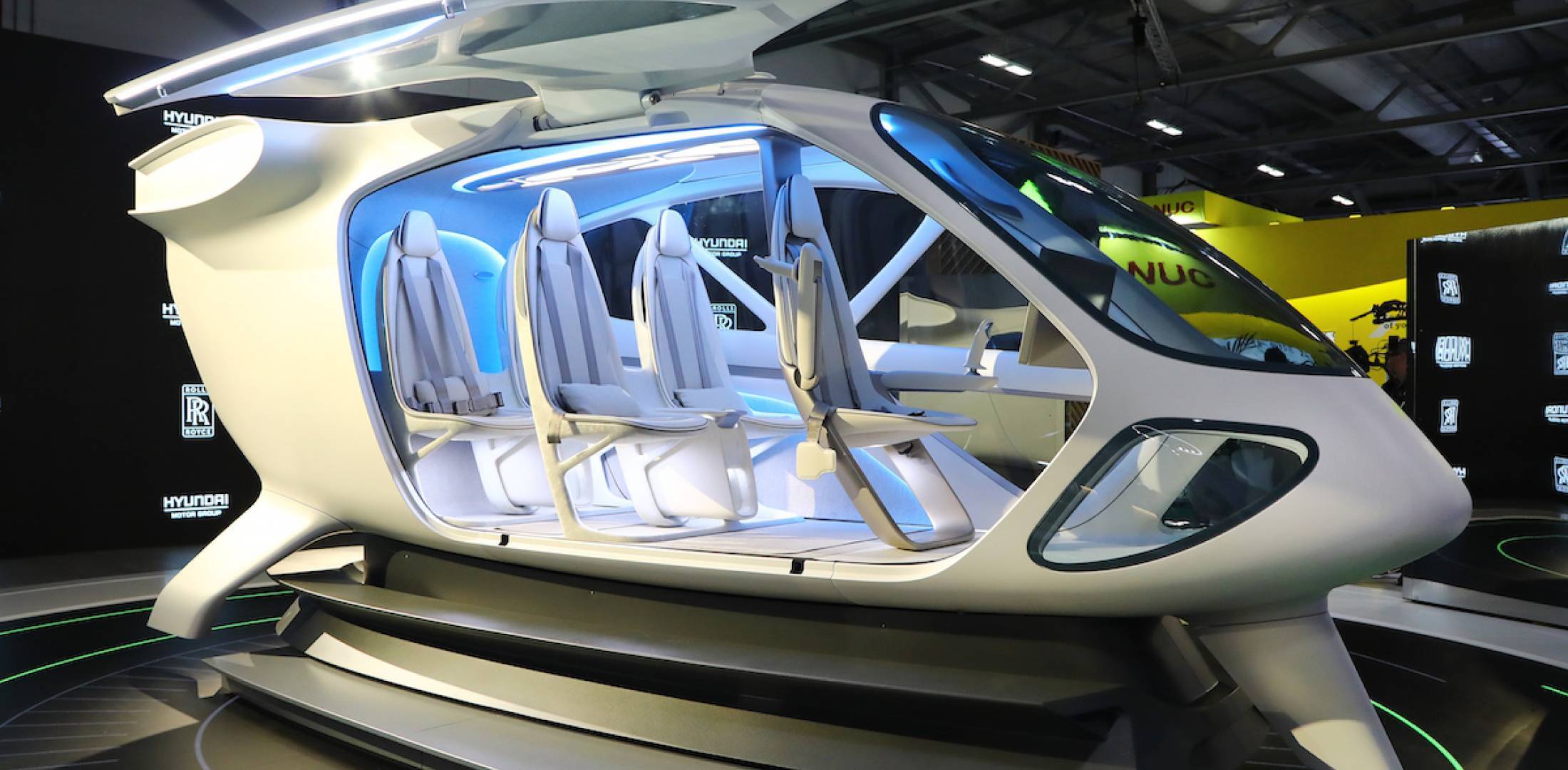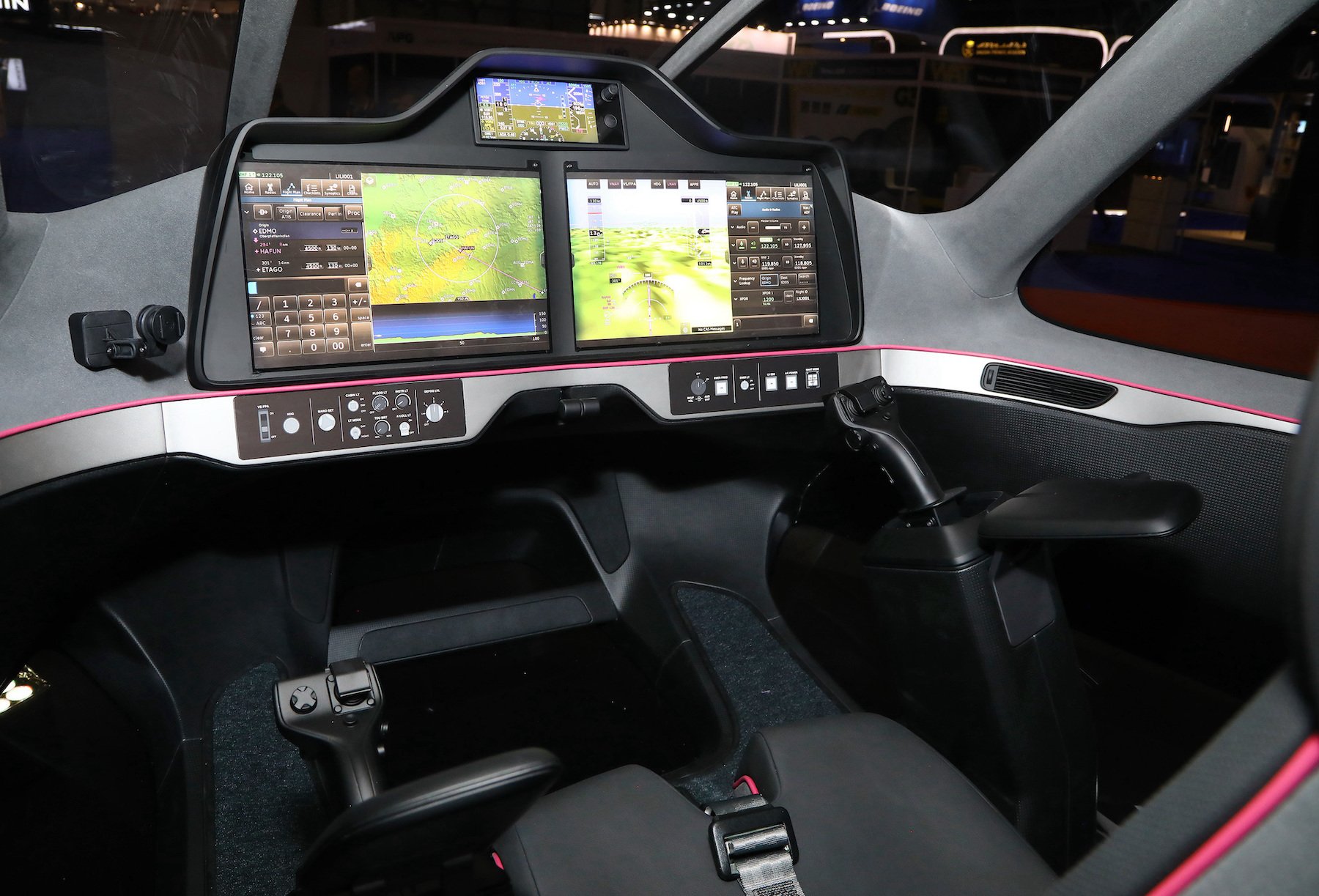Click Here to View This Page on Production Frontend
Click Here to Export Node Content
Click Here to View Printer-Friendly Version (Raw Backend)
Note: front-end display has links to styled print versions.
Content Node ID: 414410
Paris will host the 2024 Summer Olympic Games in just 13 months, and many expect the spectacle to include a demonstration of the potential for new eVTOL aircraft to transform how people and things move in and around congested cities. The number of electric vertical takeoff and landing vehicles in development—most of which will carry four passengers—has become almost too large to track and many of the fledgling programs will likely never make it to market.
Around 11 of the frontrunners in the so-called advanced air mobility (AAM) sector have come to the French capital this week to give many Paris Airshow visitors their first glimpse of the new eVTOLs. Most will occupy the Paris Air Mobility zone in Hall 5. The companies include Archer, Ascendance Flight Technologies, AutoFlight, EHang, Eve, Joby, Lilium, Supernal, Overair, Wisk Aero, and Volocopter.
Germany-based Volocopter is one of some 30 companies participating in the Re.Invent Air Mobility exercise for the Paris Olympic Games with its two-seat VoloCity vehicle. It aims to achieve EASA type certification in 2024 and intends to operate flights of no more than 35 km (22 miles) around urban areas. The company’s VC-200 prototype will participate in the flying display at Le Bourget.

Supernal Targets 60-Mile Sectors
Supernal, the AAM division of South Korean automotive group Hyundai, plans to appoint several new partners for bringing its four-passenger SA-1 eVTOL into commercial service in 2028. Like several other of the new AAM players, the company initially plans to operate the vehicle on air taxi flights of up to 60 miles around cities such as Miami before selling it to other companies.
Ascendance Flight Technologies represents France’s main prospect in the AAM sector, and the Toulouse-based company’s hybrid-electric Atea aircraft should also feature prominently in the Olympic Games. Atea will fly to a significantly longer range than battery-electric eVTOLs, traveling up to around 400 km (250 miles).
Eve Air Mobility brought a mock-up of its eVTOL cabin to Paris, having unveiled it at the July 2022 Farnborough International show at the start of a world tour. Visitors can put on a virtual reality headset to get a feel for the experience of riding in the new air taxis.
The public company, in which Brazilian airframer Embraer is the majority shareholder, has reported provisional sales agreements for some 2,770 aircraft, for which the company expects deliveries to start in 2026. Eve also is developing software for urban air traffic management.
Lilium also has brought a cabin mock-up to Paris, showing for the first time the standard six-passenger configuration meant for scheduled regional shuttle services of up to 155 miles. The all-electric Lilium Jet derives its power from 30 ducted fans installed in its wing and canard.

In May, Archer completed the assembly of the first prototype for its four-passenger Midnight eVTOL, with which the company plans to conduct its first test flight later this summer in Salinas, California. The company, which has just recruited former FAA administrator Billy Nolen as its chief safety officer, expects to start certification testing early in 2024 as it tries to ready the piloted aircraft for commercial service in 2025.
Also in California, Overair is preparing to start flight testing the prototype for its Butterfly eVTOL aircraft, using a version without tilting rotors to test its vertical flight capability, before adding the tilting mechanism on a second prototype. Chief commercial officer Valerie Manning, who joined the start-up last year from Airbus, told AIN the Butterfly will feature a larger (five-passenger) cabin and more baggage space than most eVTOL designs. The company plans to get its own air operator certificate to launch services that could include emergency medical flights and cargo deliveries.
From China, but with a substantial research and development operation in Germany, AutoFlight is showcasing the cabin interior for its Prosperity I eVTOL model. In March, the company claimed a world record for the longest eVTOL flight to date, logging a distance of 156.5 miles in its Generation 4 prototype, just beating the previous best set by Joby in a July 2021 test flight.
No Pilot On Board
In the Chinese market itself, EHang has long indicated it expects to become the first to secure domestic type certification this year. The company is displaying an example of its two-seat EH216 autonomous aerial vehicle that it says will soon win approval to begin pilotless flights for applications such as tourist sightseeing trips.
Wisk, which recently became a wholly-owned subsidiary of Boeing, also believes in the need for autonomous operations to make eVTOL aircraft viable. The company, which is displaying its so-called Generation 6 prototype at Le Bourget, accepts that getting an autonomous vehicle approved by key Western regulators will take more time but feels that when it does come to market, the case for its 90-mile-range model will prove compelling.